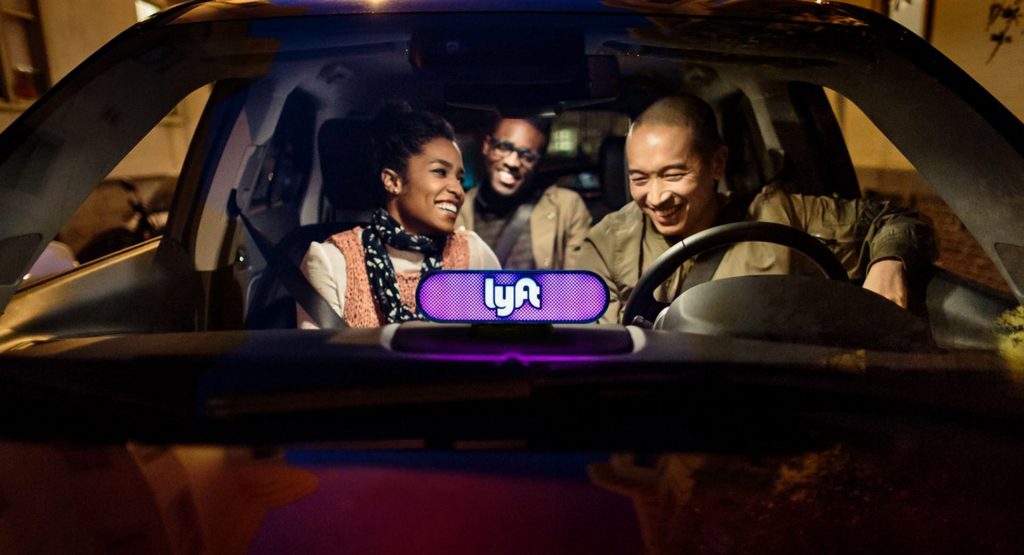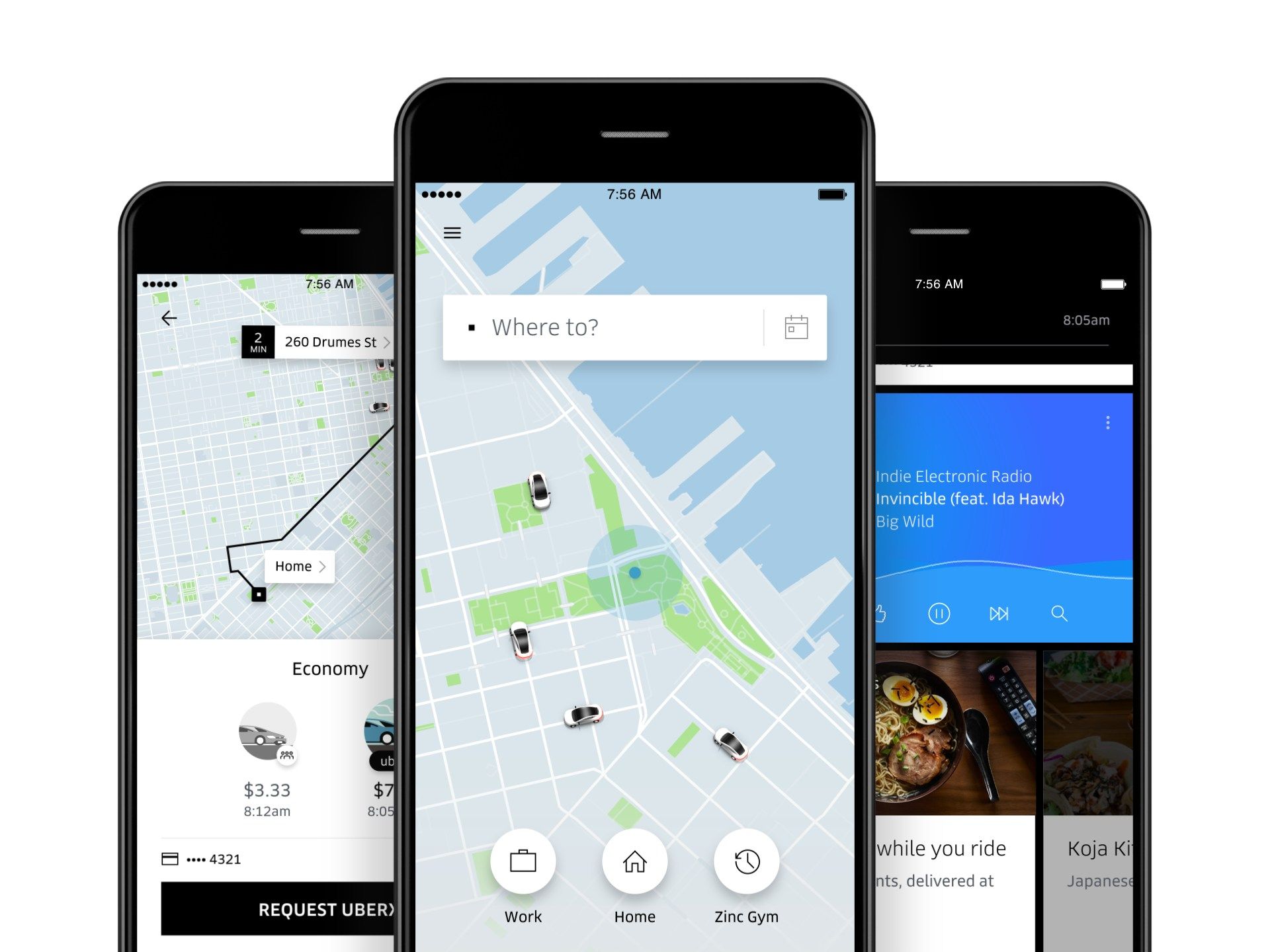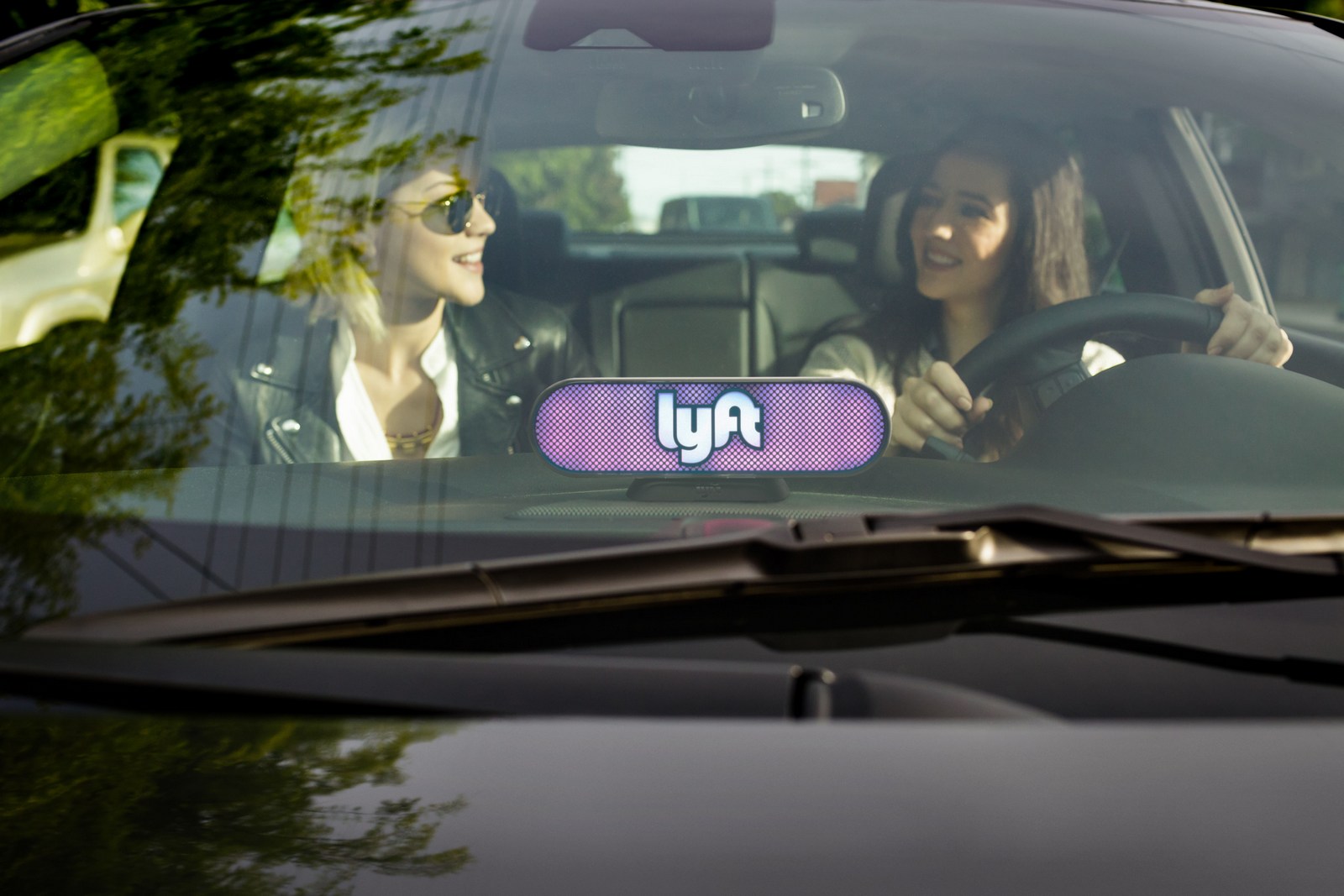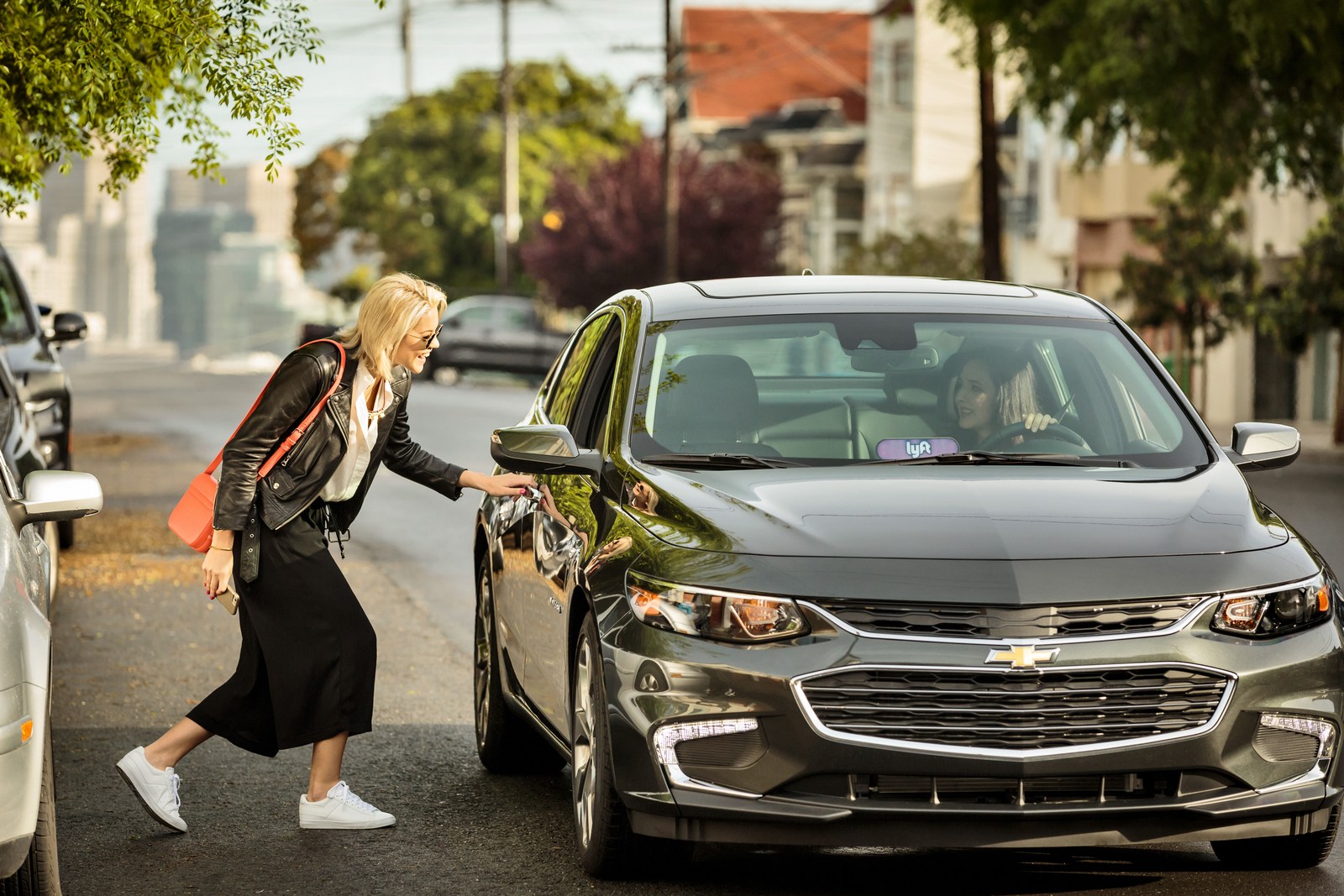A study asserts that the rise of Uber and Lyft in Seattle meant an additional 94 million miles (151 km) were driven on local roads last year.
Data from the Seattle Department of Transportation reveals that, in 2017, more than 20 million rides with transportation network companies, such as Uber and Lyft, were taken in Seattle. Independent transportation consultant Bruce Schaller took this figure and combined it with data from other cities to estimate the impact of ride-hailing apps on Seattle traffic.
While it is a common held belief that ride-hailing services encourage people to drive less, the truth is that they add to traffic instead of reducing it. According to the study, these applications are attracting passengers who would ordinarily walk, take the bus, or stay at home, The Seattle Times reports.
In fact, only about 40 per cent of Uber and Lyft users would have driven or taken a taxi if the service wasn’t available. The rest would have used other forms of transport.
As a result, Schaller says public policies are desperately needed to deal with increased traffic.
“Without public policy intervention, big American cities are likely to be overwhelmed with more automobility, more traffic and less transit, and drained of the density and diversity which are indispensable to their economic and social well-being.”
When Uber and Lyft first arrived on Seattle streets in 2014, the City Council restricted each company to no more than 150 drivers on the road at a time. Unsurprisingly, those regulations didn’t last long and there are now more than 28,000 registered drivers in King County as a whole. Uber itself has roughly 14,000 drivers in Seattle alone.
Schaller’s analysis also revealed that in Seattle, the average length of a ride is 5.2 miles (8.3 km) and that a driver typically travels just 3 miles (4.8 km) between rides.
“There’s a mixture of the good and problematic in terms of growth of Uber and Lyft,” Schaller said of the rise of these services.
“Certainly they’re offering a very valuable service, but if they took over the transportation system it would be a disaster for big cities. That process has to be managed.”






